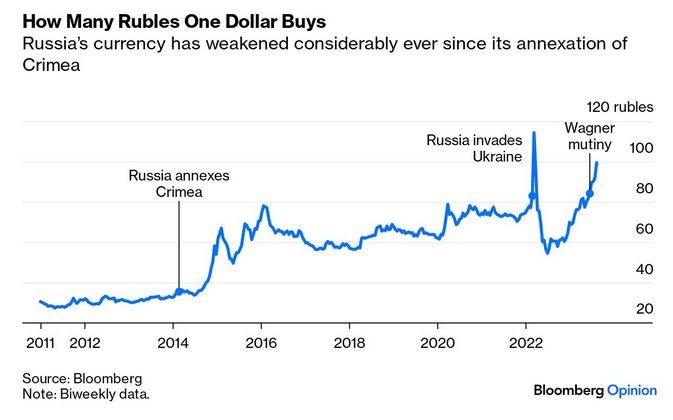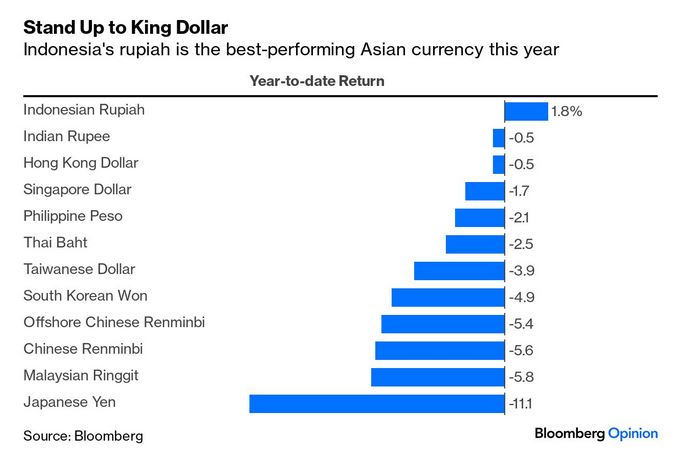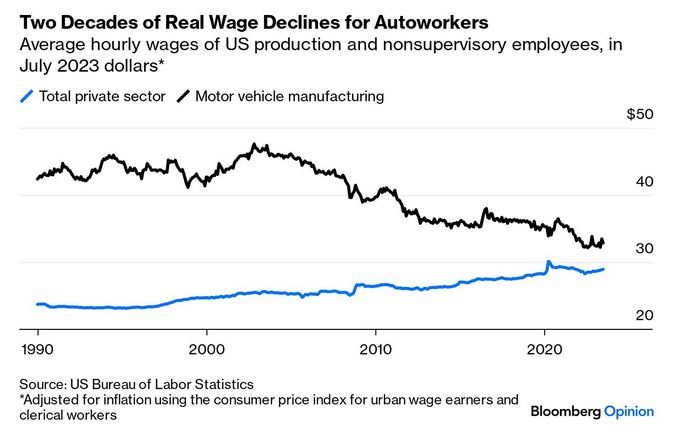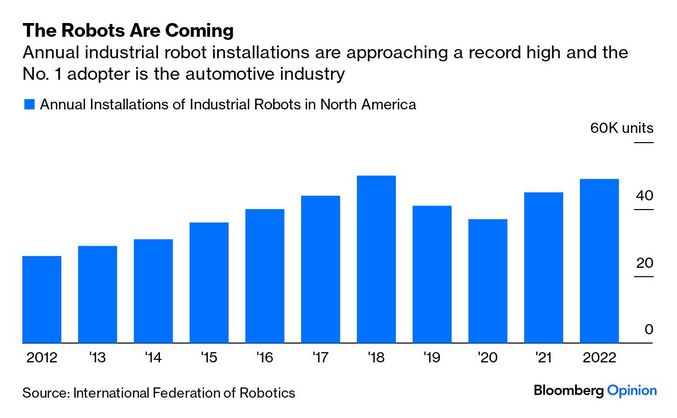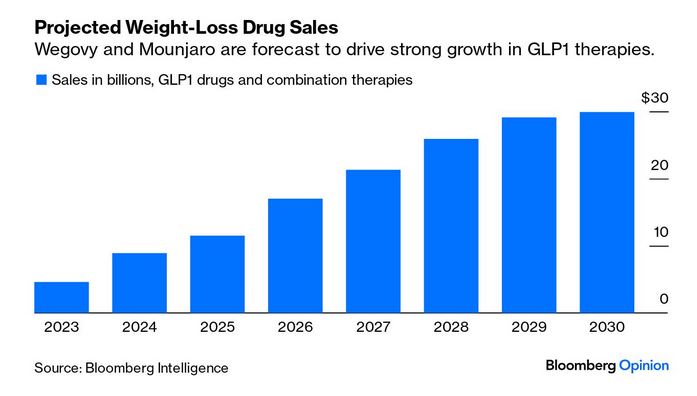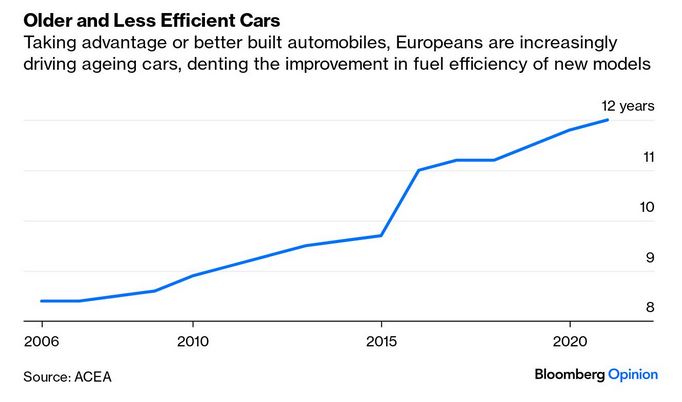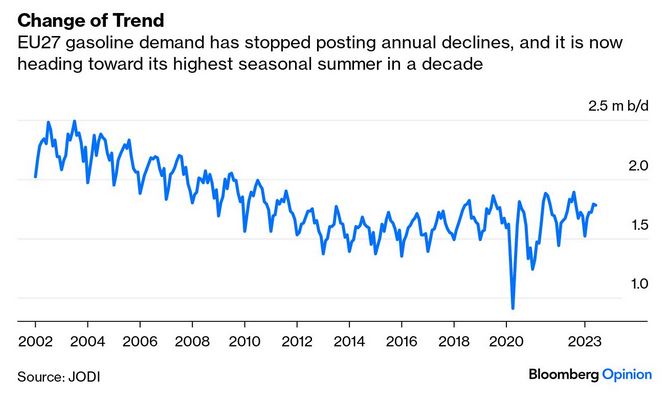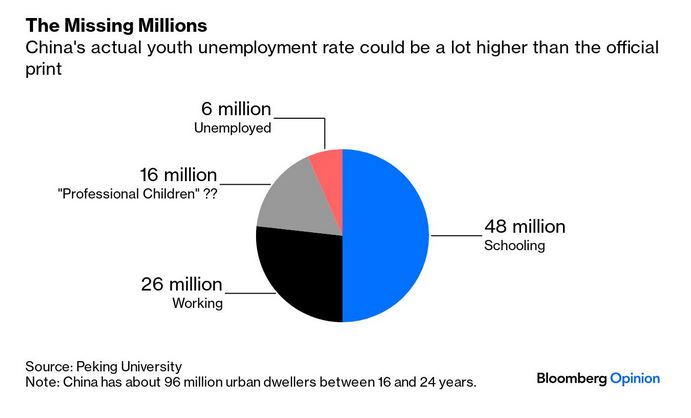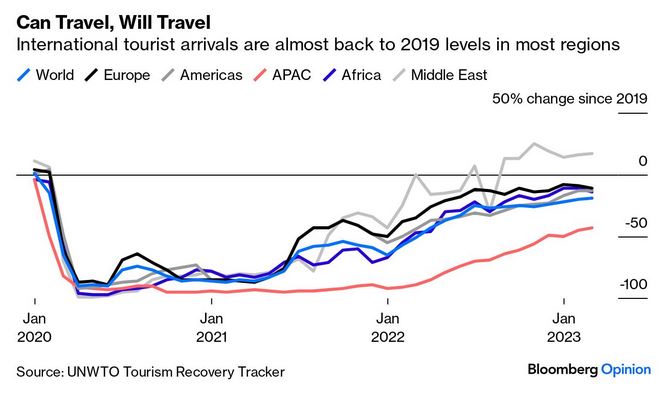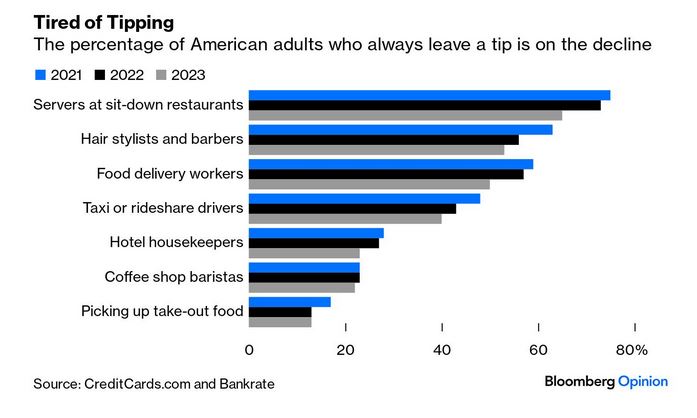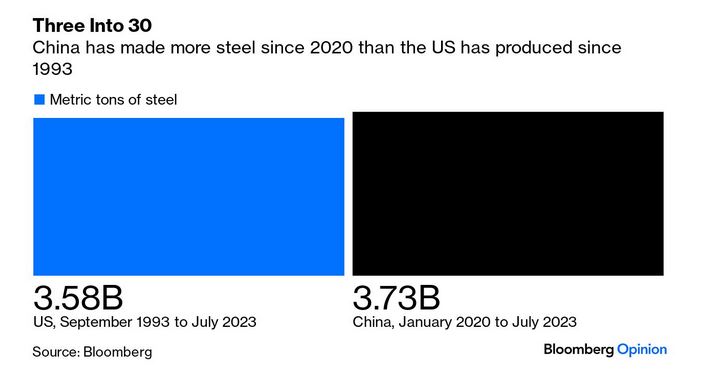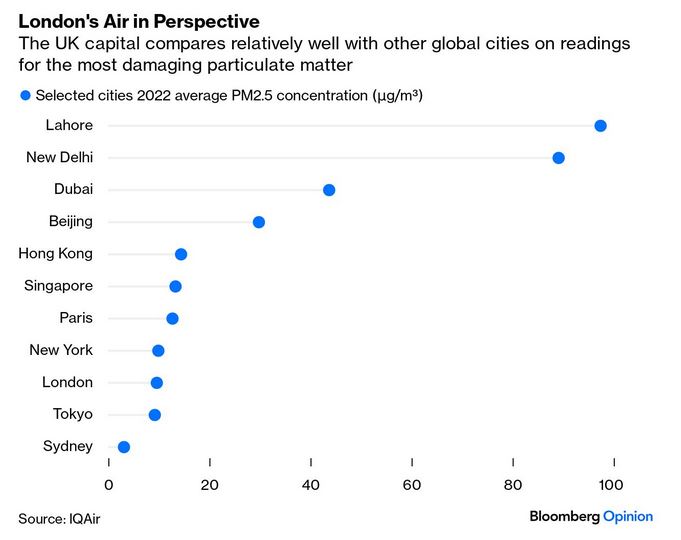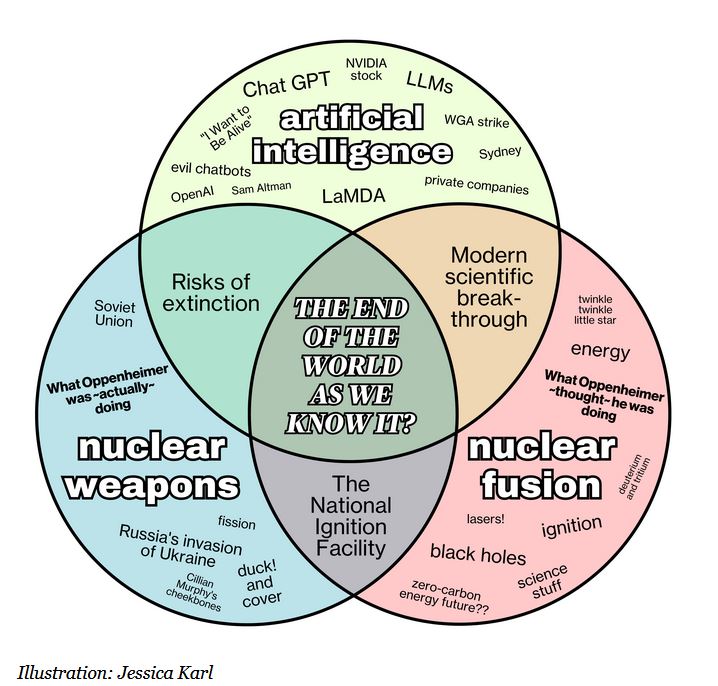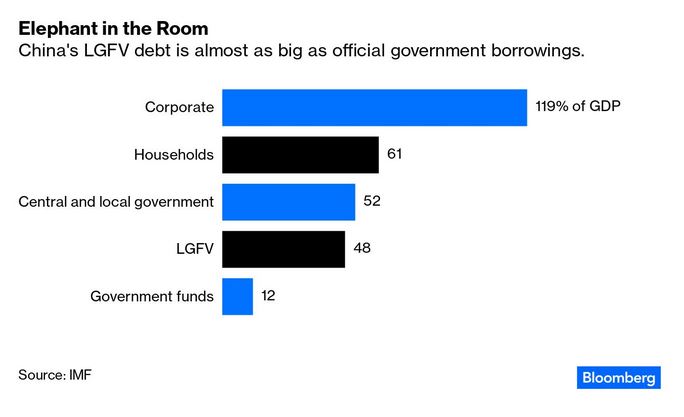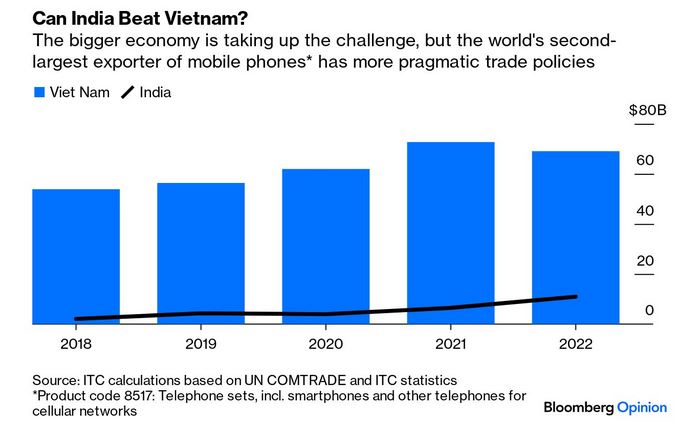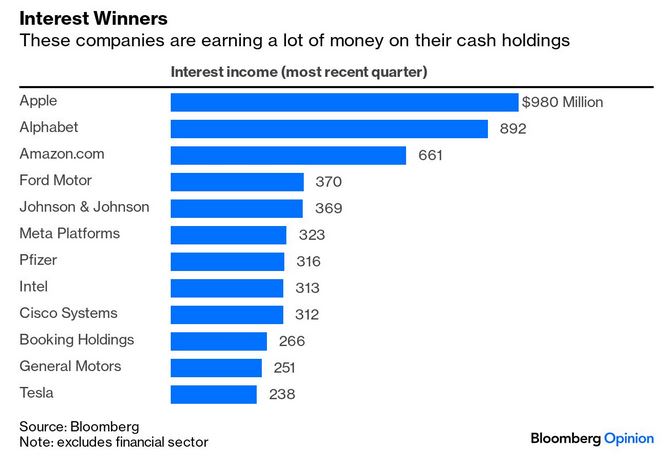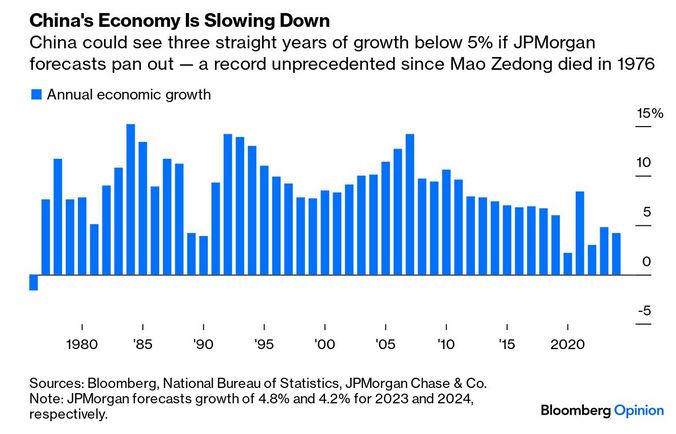|
You
can also view the message online
|
||||||||||||||||||
 Châtenay-Malabry (FR - 92290), September 11, 2023 EFITA newsletter / 1078 - European Federation for Information Technology in Agriculture, Food and the Environment The informatique-agricole.org site offers you the possibility of subscribing the RSS feeds of its two newsletters See RSS feeds to implement to ensure that you continue to receive this newsletter To unsubscribe this newsletter, please contact me directely: guy.waksman(a)laposte.net if this link Unsubscribe does not work. 
To correspond with me (GW), please use this address: guy.waksman(a)laposte.net To subscribe the efita newsletter (please ask your friends and colleagues to test this link) Efita Newsletters subscription Avant l’informatique / Before computers : Moissons d'autrefois / Harvests of yesteryear Voir Les moissons couleur sépia
Taureau, entre 1830 et 1867, de Jacques-Raymond Brascassat (1804-1867) Études de vaches, de Jacques-Raymond Brascassat (1804-1867), musée des Beaux-Arts de Reims FutureFarming.com > Will a new virtual model save Farmers Edge? Digital agronomy firm Farmers Edge is rolling out a new virtual model. This should save the struggling platform costs. > Farm visit: This is how Wellman Farms manages data, drought and water Steve and Susan Wellman have adapted their way of farming to manage drought and water on 700 hectares in Nebraska. > Autonomous control: Trial confirms feasibility of autonomous control in greenhouses Researchers took another step closer to the realisation of a fully autonomous greenhouse. > Carbon storage: CO2 storage in agricultural soils yields little climate gain Sequestering CO2 in agricultural soils is promoted as a promising option to mitigate climate change. But is it? > Farm progress show: Diesel and electric at US Farm Progress Show The Farm Progress Show, North America’s largest agricultural machinery show, usually has fun surprises. This time too, striking things like new ‘heavy guys’ with thick diesel engines next to modest zero-emission tractors. > Market information: Pairwise and Bayer collaborate to further advance short-stature corn The upcoming collaboration between Pairwise and Bayer will be focused on optimizing and enhancing gene-edited short-stature corn. > Brazilian Agtech Startup Brings Aerial Application Management Platform to North American Market Perfect Flight, a developer of an aerial spraying management and traceability platform, is poised to expand its operations in the U.S. > How Technology Is Making Heavy Equipment More Available to Farmers Technology helps farmers access heavy equipment so they can maximize their operations without incurring high ownership costs. > Voices of Women in Ag Tech: Ambassador Profile on Robyn Heine We bring you exclusive insights from our inspirational ambassadors and other women leading the way forward in ag tech. > Revolutionizing the Food Supply Chain: How Blockchain Technology is Transforming Agriculture Worldwide Blockchain automates manual processes, reducing the time and cost involved in moving products from farm to table. > How Can Computer Science Help Farmers Grow Food More Sustainably? A computing system can draw on agricultural knowledge from many different schools of thought to help farmers identify the best options for their land. > Predictive Analytics Tool Adds Corn and Soybean Foliar Diseases to Complete Bio Panel These additions from Pattern Ag will add detection for damaging above-ground pathogens, including Tar Spot, Gray Leaf Spot, Goss’s Wilt, and more. > AMVAC: Trending Forward in Ag Technology Discover how AMVAC is shaping the future of agriculture with its forward-thinking approach to technology. Through groundbreaking solutions and partnerships, AMVAC is at the forefront of agricultural innovation. Dive into their journey of enhancing crop protection and optimizing yield. > Greenhouse Technology: Why Choosing the Right Irrigation System Is the Key to Optimizing Crop Quality To effectively harness the potential of water in enhancing crop yields, an efficient and suitable irrigation system is of utmost importance. > Biome Makers Wins 'AgTech Data Analytics Solution Of The Year' With the world's largest taxonomic database of microorganisms, Biome Maker's BeCrop Technology provides soil health intelligence and recommendations. > Why Farmers Should Invest More Into Cybersecurity Here’s why agriculture has become a target, the attacks it faces and five ways it can stay safe from malicious actors. > Robotics in Agriculture: How Solinftec Is Gaining Ground in the U.S. Corn Belt Co-Alliance, Carroll Service Company, and Premier Ag have formed partnerships with the company after testing the Solix robot. > Intelinair Revolutionizes Crop Intelligence: A Game-Changer in AgTech Intelinair is reshaping the future of agriculture through its cutting-edge technology. By providing real-time and actionable insights into crop health, nutrient levels, and growth patterns, Intelinair is empowering farmers to make informed decisions and optimize their yields like never before. > Agtech Startup Agrela Ecosystems Launches Scalable Environmental Sensor Platform PheNode is an advanced platform designed to empower users with customizable data collection and the rapid integration of new technologies. > Micropep Wins 'Precision Agriculture Solution Of The Year' in 2023 AgTech Breakthrough Awards Program Annual awards program recognizes innovation in agricultural and food technologies around the globe. See futurefarming.com Borrowing Costs Up / Montée du coût des emprunts
House resale market frozen / Marché immobilier paralysé par le hausse du coût des emprunts
Vache et âne, vers 1849, de Jacques-Raymond Brascassat (1804-1867), musée des Beaux-Arts de Bordeaux Bushel Secures $26 Million to Accelerate Digitization in Agriculture Bushel, the leading digital platform connecting farmers and agribusinesses, successfully closed an oversubscribed $26 million funding round led by The Banc Funds Company with further support from new and existing investors. In addition to The Banc Funds Company, other investors in this round included 50 South Capital, The Andersons, Inc., Cargill, Germin8, Lewis & Clark AgriFood, The Scoular Company, and Conti Ventures (an investment group within Continental Grain Company). Bushel is an independently-owned software company that develops digital tools for farmers and agribusinesses in the agricultural supply chain. Bushel’s software digitizes, permissions, and accelerates the flow of information, transactions, and payments through secure mobile and desktop applications. .../... See globalagtechinitiative.com You’ve Got to Watch This! Laser Weeding Red Lettuce at Night, by Carbon Robotics Weed control is one of the top issues concerning American vegetable growers right now, writes Paul Rusnak at Growing Produce. Issues with herbicide resistance continue to deepen. Beyond the development of improved herbicides, other possible solutions include precision technologies and mechanization. Along those high-tech lines, laser weeding is starting to heat up and turn heads. Seattle-based Carbon Robotics is hoping to help make a difference in the weed control dilemma with its AI-powered LaserWeeder. Recently, the company uploaded a video to YouTube showing its autonomous laser weeding unit in action … at night. .../.. See globalagtechinitiative.com
Global Ag Tech Initiative > Proagrica, Lexagri Partnership Advances Data Coverage For Global Agriculture Scott Cogdill, Proagrica’s Director of Business Development, shares an update on the the company's recent data partnership with Lexagri. > How Ceres Imaging's New Water Recommendations Solution Minimizes Waste, Maximizes Grower Profitability Ceres’ Water Recommendations takes a more targeted approach, providing customers with completely customized irrigation recommendations. > Raven: Advancing Agriculture Through Innovation Embark on a journey of agricultural innovation with Raven. Through cutting-edge technology and unwavering commitment, Raven is propelling the industry forward. Discover how Raven is reshaping farming practices and ensuring sustainable food production for a rapidly growing world. > Paired Power, Monarch Tractor Form Partnership to Bring Off-Grid Solar Charging to California Vineyard Paired Power has partnered with Monarch Tractor to deliver solar electric charging for its all-electric MK-V tractor at Kaerskov Vineyard and Carr Winery. > Robotics in Agriculture: How Solinftec Is Gaining Ground in the U.S. Corn Belt Co-Alliance, Carroll Service Company, and Premier Ag have formed partnerships with the company after testing the Solix robot. > How Can Computer Science Help Farmers Grow Food More Sustainably? A computing system can draw on agricultural knowledge from many different schools of thought to help farmers identify the best options for their land. > Predictive Analytics Tool Adds Corn and Soybean Foliar Diseases to Complete Bio Panel These additions from Pattern Ag will add detection for damaging above-ground pathogens, including Tar Spot, Gray Leaf Spot, Goss’s Wilt, and more. > Greenhouse Technology: Why Choosing the Right Irrigation System Is the Key to Optimizing Crop Quality To effectively harness the potential of water in enhancing crop yields, an efficient and suitable irrigation system is of utmost importance. > Biome Makers Wins 'AgTech Data Analytics Solution Of The Year' With the world's largest taxonomic database of microorganisms, Biome Maker's BeCrop Technology provides soil health intelligence and recommendations. See globalagtechinitiative.com Agfundernews.com > Equilibrium & Bosch Growers submit winning bids for AppHarvest’s KY greenhouses, AFN, by Jennifer Marston > Cultivating change: How can sustainable agtech empower smallholder farmers in Latin America? By Dalberg > Grocery delivery giant Instacart files for IPO, reports profitability, investment from PepsiCo, by Jennifer Marston > Carbon credit speculators could lose billions as offsets deemed ‘worthless’, The Guardian See agfundernews.com Combat de taureaux (1855), de Jacques-Raymond Brascassat (1804-1867), musée des Beaux-Arts de Houston Pluton chien favori du maître, de Jacques-Raymond Brascassat (1804-1867), musée des Beaux-Arts de Reims More robots / Toujours plus de robots
Fukushima's Tritiated Water Conflict between Japan and China is not new. As the release of contaminated water from Fukushima into the Pacific Ocean has now been approved by the UN's International Atomic Energy Agency, China has issued warnings that this approval is insufficient. ACSH covered the underlying science last year; here is a reprise. See acsh.org The birth of computer sciences… ‘She played it down’: Bletchley Park codebreaker dies aged 99 Margaret Betts, of Ipswich, was headhunted in 1942 to decipher enemy communications during WW2. .../... “She said yes, I know it was incredibly important, our part in it, and I know it was highly secret, but please don’t come away with the idea that we’re all Alan Turings, because we’re not. .../... See theguardian.com Prehistoric bird once thought extinct returns to New Zealand wild, by Tess McClure in Auckland, 29 Aug 2023 .../... >>> Push to eliminate pests In New Zealand, the return of wild takahē populations marks a cautiously celebrated conservation victory, and the return of one of the world’s rarest creatures. The birds had been formally declared extinct in 1898, their already-reduced population devastated by the arrival of European settlers’ animal companions: stoats, cats, ferrets and rats. After their rediscovery in 1948, their numbers are now at about 500, growing at about 8% a year. Initially, conservationists gathered and artificially incubated the eggs, to prevent them being eaten by predators. As they hatched, the chicks were fed and raised by workers wearing sock puppets with the birds’ distinctive red beaks. After switching to breeding the birds in captivity, the Department of Conservation (DOC) gradually introduced them to a few island sanctuaries and national parks, investing heavily in trapping and pest-elimination to try to protect the birds. “Trapping of stoats, ferrets and feral cats has knocked down predator numbers,” said DOC Takahē recovery operations manager Deidre Vercoe. “Continuing to keep them low … is crucial.” See theguardian.com Icebreaker evacuates Antarctic researcher The Australian Antarctic Division (AAD) has used an icebreaker to rescue a member of the skeleton crew that overwinters at the remote Casey outpost. “It's the earliest we’ve ever gone to an Antarctic station — just a day or two after the official end of winter,” says the AAD’s Robb Clifton. The icebreaker travelled nearly 3,500 kilometres from Hobart to within about 144 kilometres of the station. A helicopter was then dispatched to collect the expeditioner, who needed urgent medical care. See abc.net.au Cannabis’s effect on brain development With cannabis becoming more widely available and increasingly potent in the United States, neuroscientist Yasmin Hurd is doing crucial research on how it affects the developing brain. She is finding growing evidence that exposure to cannabis in the womb, or as a child or adolescent, can result in negative neurological consequences. Hurd doesn’t support rolling back legalization — it actually worsens the downsides of substance use, such as addiction, she says. Instead, she recommends regulating the drug’s potency and more funding for education and treatment. See science.org Could Advanced Reactors Make Carbon Capture Systems More Viable? September 7, 2023 .../... Direct air capture is one of the most mature carbon-removal technologies available, but it is an energy-intensive process that leads to high costs. The systems need electricity to power fans, pumps, compressors, water cooling systems, and air separation units. They also need heat to drive the chemical reactions that regenerate the solvent or sorbent and concentrate the carbon dioxide. Results from the study showed that pairing the systems with any of the three reactor types would benefit from the reactors’ large amount of carbon-free and constant electricity output. Solid direct air capture systems would benefit from the reactors’ low-temperature heat and, with future technological improvements, liquid direct air capture systems could benefit from high-temperature heat provided by sodium-cooled fast reactors and very high temperature reactors. When compared to previous studies of direct air capture systems powered by fossil fuel sources, nuclear reactors could lower the levelized cost by up to 13 percent for solid direct air capture systems and up to 7 percent for liquid systems, making them more economic to deploy. Leveraging the carbon-free electricity and heat from advanced reactors would also allow the systems to be smaller and less expensive to operate since their emissions footprint would be less compared to traditional systems that are powered by natural gas or the electric grid. .../... See energy.gov Dopamine-producing cells implanted in human brains found to fight Parkinson's, By Bernadette Giacomazzo, Sep 3, 2023 This practice is done to encourage the production of the essential hormone, which is beneficial in the treatment of Parkinson's disease. MIT announced that BlueRock Therapeutics, a subsidy of the Bayer pharmaceutical company, was conducting its research on the practice at the University of California, with the end goal being to show both the efficacy and the safety of the practice. Contrary to conspiracy theorists' allegations, the human subjects were well aware that the dopamine-producing cells were being introduced into their brains. And this dopamine, as it turned out, may be beneficial to counter the effects of the subjects' Parkinson's disease. .../... See the-express.com Étude de taureau, vers 1849, de Jacques-Raymond Brascassat (1804-1867), musée des Beaux-Arts de Bordeaux Étude de chênes, janvier 1848, de Jacques-Raymond Brascassat (1804-1867), musée des Beaux-Arts de Bordeaux Scientists Discover Strange Link Between Internet Use and Dementia, by Noor Al-Sibai; September 5, 2023 .../... "Among older adults, regular internet users may experience a lower risk of dementia compared to non‐regular users, and longer periods of regular internet usage in late adulthood may help reduce the risks of subsequent dementia incidence," Gawon Cho, then at NYU, told Medscape Medical News earlier this year of the study's findings. "Nonetheless, using the internet excessively daily may negatively affect the risk of dementia in older adults." As with many other studies, of course, there's always the chance that the relationship between correlation and causation is more complex than it appears. "It may be that regular internet usage is associated with increased cognitive stimulation, and in turn reduced risk of dementia," Claire Sexton of the Alzheimer's Association, who was not involved in the research, told Medscape, "or it may be that individuals with lower risk of dementia are more likely to engage in regular internet usage." To clarify that causation issue — and to better understand this link in the first place — Sexton said that there needs to be further research. But in the meantime, this new piece of evidence shows that maybe a little screen time isn't the worst thing in the world as you age. See news.yahoo.com Microbe stops mosquitoes from harboring malaria parasite, by Catherine Offord, 3 Aug 2023 Strategy could provide additional weapon against spread of deadly disease. Malaria kills more than half a million people every year, most of them children under age 5. Yet strategies to control the disease are riddled with challenges: Mosquitoes develop resistance to insecticides and vaccines provide incomplete protection. Now, researchers say they’ve found a new weapon: a naturally occurring bacterium that, when fed to mosquitoes, halts the development of the malaria parasite in the insects’ guts. The findings offer a complement to existing malaria prevention methods, says Carolina Barillas-Mury, who leads the malaria and vector research lab at the U.S. National Institutes of Health. The approach “has great potential to be implemented” in areas where malaria is endemic, adds Barillas-Mury, who was not involved with the work. Researchers have tried to use microbes to control mosquito-borne diseases before. The virus-fighting bacterium Wolbachia pipientis has shown particular promise against dengue fever in recent clinical trials and is already used in some areas of the world. But most methods for blocking malaria-causing Plasmodium parasites, which are transmitted by different mosquito species from dengue, have relied on genetically modified bacteria. That’s a major obstacle to regulatory and public acceptance, Barillas-Mury notes, given the unknowns of releasing edited organisms into the wild. The bacterium in the new study, published today in Science, inhibits the malaria parasite without any genetic tinkering by humans. Janneth Rodrigues, a scientific lead in global health medicines R&D at GlaxoSmithKline, and colleagues stumbled across the microbe at a GSK research center in Spain, after noticing the mosquitoes they were using for malaria research were getting harder to infect with Plasmodium. It turned out there was an unexpected microbe, a bacterial strain called Delftia tsuruhatensis TC1, inside these mosquitoes’ guts, Rodrigues says. It’s not clear how the bug got there, though the species has been seen before in the guts of some insects, as well as in water, soil, and, rarely, hospital-acquired infections. But when the team fed the strain to other mosquitoes, it seemed to block the parasite from infecting them. .../… See science.org International tourism up / Le retour du tourisme international
Tête de loup, de Jacques-Raymond Brascassat (1804-1867), musée des Beaux-Arts de Reims
The month’s best science images A spot-free baby giraffe (Giraffa camelopardalis) born at a zoo in Tennessee is thought to be the only living giraffe without the characteristic patches that give each animal a unique pattern. The all-brown female’s rare colouring is caused by a genetic mutation, and she is otherwise “healthy and normal”, the zoo says. The last time the birth of a spotless giraffe was reported was in 1972 at a Tokyo zoo. Knock-knock (Toctoc en français) What are people dying from? This question is essential to guide decisions in public health and to find ways to save lives. Many leading causes of death receive little mainstream attention. If news reports reflected what children died from, they would say that around 1,400 young children die from diarrheal diseases, 1,000 die from malaria, and 1,900 from respiratory infections — every single day. This can change. Over time, death rates from these causes have declined across the world. A better understanding of the causes of death has led to the development of technologies, preventative measures, and better healthcare, reducing the chances of dying from a wide range of different causes, across all age groups. In the past, infectious diseases dominated. But death rates from infectious diseases have fallen quickly — faster than other causes. This has led to a shift in the leading causes of death. Now, non-communicable diseases — such as heart diseases and cancers — are the most common causes of death globally. More progress is possible, and the impact of causes of death can fall further. On our new topic page, you will find global data and research on leading causes of death and how they can be prevented. This includes the number of people dying from each cause, their death rates, how they differ between age groups, and their trends over time. You will also find all of our writing on the topic, which includes four new articles: How do researchers estimate the death toll caused by each risk factor, whether it’s smoking, obesity, or air pollution? How are causes of death registered around the world? Risk ratios, odds ratios, risk differences: How do researchers calculate the risk from a risk factor? Why isn’t it possible to sum up the death toll from different risk factors? Terrorism is a rare cause of death globally, but in some countries it is common and on the rise Terrorism is the threat or use of violence to intimidate or coerce in the pursuit of political or ideological goals. It is usually understood to be done by non-state actors — individuals or organizations not part of any government. Terrorism can take many forms, including bombings, armed assaults, hijackings, or hostage-taking. Its targets can also vary and can be aimed at civilians, state actors, or public infrastructure. Globally, terrorist attacks and deaths are rare. But this varies a lot worldwide: in some countries, they are common and on the rise, while in others, there are few attacks or none. Terrorism is also a big concern for people across the world. Attacks are rare, but often shocking, as they are meant to scare and subdue. On our new topic page, you will find all of our data and writing on how common terrorism is, how it differs across countries, and whether it is becoming more or less frequent over time. This includes a new article on how researchers measure terrorism.
Extreme poverty: how far have we come, how far do we still have to go? Two centuries ago the majority of the world population was extremely poor — even those living in today’s richest countries. Back then it was widely believed that widespread poverty was inevitable. But this turned out to be wrong. Economic growth is possible and poverty can decline. The world has made immense progress against extreme poverty. Yet even after two centuries of progress, extreme poverty is still the reality for every tenth person in the world. This means roughly 800 million people. In this article we explain that the poorest people today live in countries which have achieved no economic growth. This stagnation of the world’s poorest economies is one of the largest problems of our time. Unless this changes, millions of people will continue to live in extreme poverty.
The creation of this efita newsletter is sponsored by Acta Digital Services and its distribution by vitisphere.com Please, contribute to the content of your efita newsletter, and advertise your events, new publications, new products and new project in this newsletter. Without your support, it will not survive! Contact: Guy WAKSMAN E-mail: guy.waksman(a)laposte.net To read this newsletter on our web site See Efita The archives of this newsletter See Efita About the EFITA mailing list You can use the efita moderated list (> 15000 subscribers) to announce any event / product / web site / joke (!) related to IT in agriculture, environment, food industry and rural areas. If you want to subscribe a friend, please fill in his form. If you do not wish to receive our messages, please fill in the following form...
|



